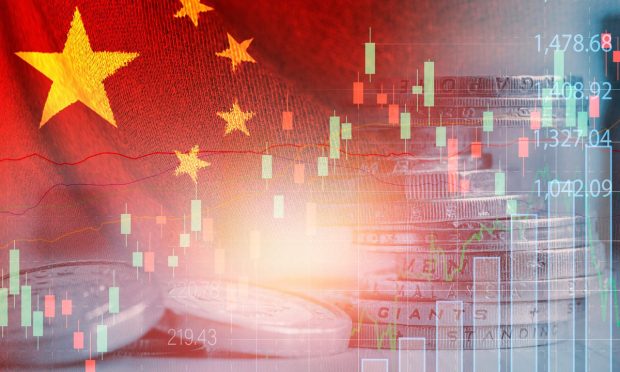Nike, Uniqlo, LVMH and Other Big Brands Face Growing Challenges in China

The U.S. may still be the single biggest and most lucrative market on earth, but China is clearly where the growth is at. The fact that this nation of unique potentialities and challenges holds the keys to the future for many of the retail industry’s largest global players and brands is both a good thing and a bad thing.
“We are very much in trouble with China’s zero Covid policy, in terms of profit and the livelihoods of our employees,” the CEO of Uniqlo parent Fast Retailing Tadashi Yanai told reporters Thursday (April 14), in warning that the the company’s problems in China would lead to a sharp decline in profits this year.
Two days before, global fashion, perfume, leather and liquor conglomerate LVMH told investors that its Asian revenues excluding Japan — its single-largest geographic region which accounts for 37% of global revenue — saw Q1 growth slow to 8% this year from 86% in 2021.
“Asia continued to grow over the quarter despite the impact of a tightening of health restrictions in China in March,” the LVMH press release said.
And two weeks earlier, athletic apparel giant Nike issued a similar warning, when it said in late March that its $2.1 billion in sales from Greater China last quarter — roughly 20% of its worldwide total — were down 8% for the three months ended Feb. 28 on a currency-neutral basis.
While the athletic apparel company’s executive leadership went to great lengths on a conference call with analysts to extoll the benefit of the Winter Olympics, the opportunities of the ongoing Year of the Tiger promotions as well as the brand’s local clout after being voted the favorite and “#1 cool brand” in China, the seriousness of the setback was clear, as its stock went on a two-week, 10% sell-off.
Too Big to Bail
To be sure, the “opportunity versus challenge” conundrum in China is not a new phenomenon, nor one that is limited to fashion and apparel, as the ebb and flow of political, economic and social trends in the world’s most populous nation have filled headlines and fueled boardroom debates for decades.
And yet, through it all, the salve that allowed multinationals to see their way through the rough patches has always been growth. For all China’s problems and government meddling, the upside potential of a country with 1.5 billion people that is also now home to more billionaires than anywhere else on earth, was too big to ignore.
But now, as the Asian engine of growth sputters, companies that have become used to the double-digit expansion the country has offered and have invested heavily in both factories and physical outlets to capture it, have found themselves in a position where China has become too big to bail — even if they wanted to — and by all accounts none are planning to do so.
What that means is that the value of product and retailing innovation, the ability to connect with existing Chinese consumers and also attract new ones where they are and how they want to be met, as well as the ability to take a longer-term view will all be increasingly important in the coming weeks and quarters.
In its Q1 earnings update posted Thursday, French fashion house Hermes, for example, mentioned the same COVID-related crimps in China that had roiled many of its global peers and rivals, yet its Asia-ex Japan revenues grew 20% at a constant currency rate and accounted for 52% of its total worldwide sales for the first three months of this year.
While that pace of growth was down from the year before, the Paris-based luxury label’s only remarks on China were that it was staying the course there while hoping for a quick solution to the latest COVID lockdowns and the return of normal shopping once again.
